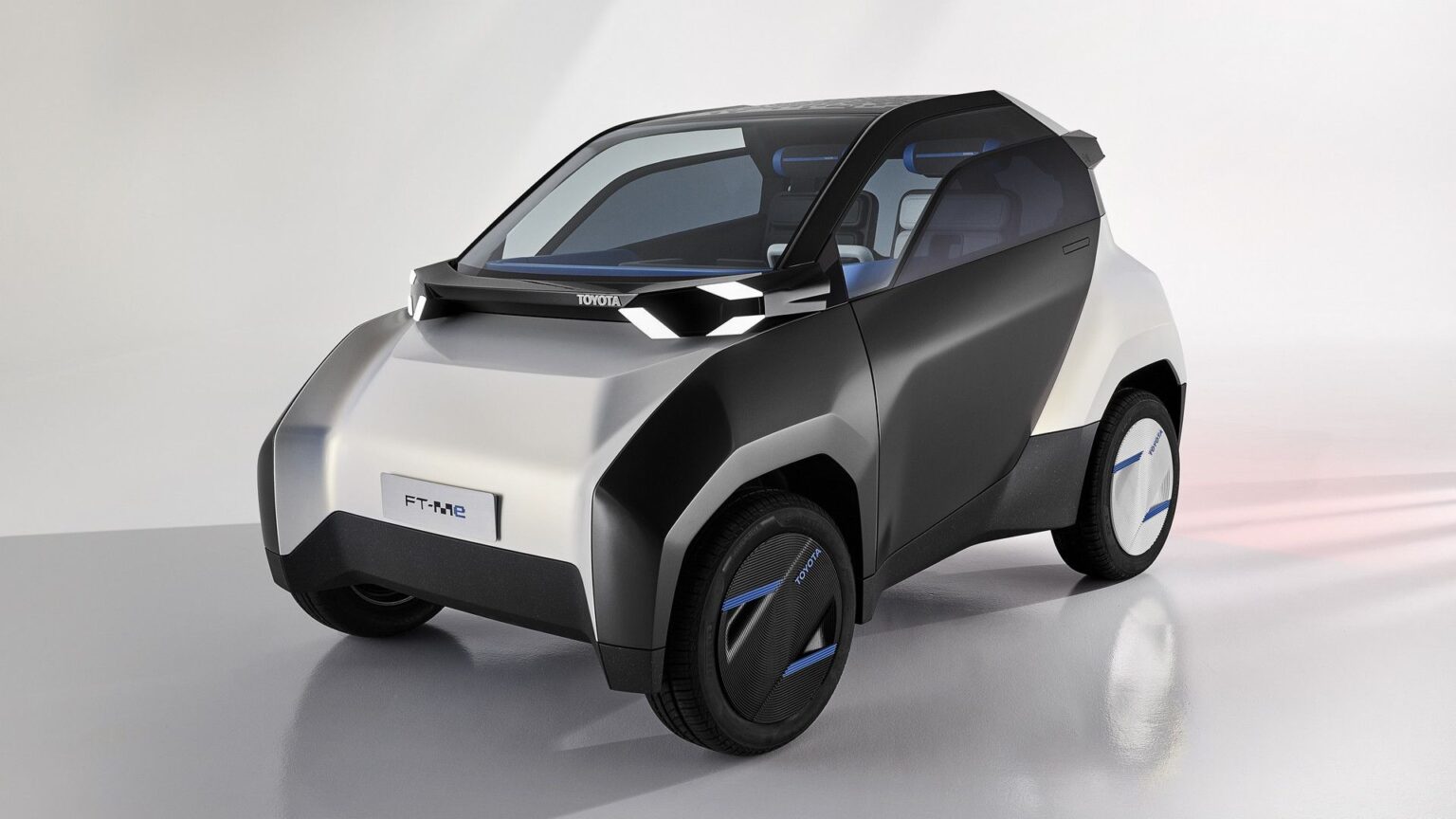With Volkswagen recently releasing the adorable ID.EVERY1 (ID.1) electric vehicle (EV) concept with the promise of selling it under the $25,000 price cap, as well as other European carmakers heading in a similar direction with cheap, EV subcompacts, we’re witnessing a new offensive from legacy automakers to take on the mighty Chinese machine. For now, this shared philosophy of putting onto the market a small and affordable EV for urban use is mostly a European-market necessity as it faces a recent intrusion of hyper-competitive, and immensely affordable, small Chinese EVs.
But while this concept is still not yet attractive to the North-American auto industry due to its love affair with trucks and SUVs, there’s a lot to learn about how automakers are planning to tackle the problem on the other side of the pond.
Selling a cheap EV for juggernauts like Volkswagen, Renault, and Citroën – just to name a few – is easier said than done.
, even if it means banking hard on more cost-efficient Rivian technology and even defaulting back to Chinese suppliers. Other automakers, like Toyota, also see the necessity to release a small, cheap EV built on European soil. But the Japanese giant is much more cautious than its main German rival. Simply put, Toyota doesn’t believe that it’s even possible to make a profit with this type of vehicle.
Toyota Says The Minicar Segment Will Be The Most “Troublesome” Segment To Electrify
In an interview with Automotive News, Toyota Europe’s Chief Corporate Officer Matthew Harrison was pretty straightforward about the automaker’s views of an electric minicar. He explained how it’ll be the most troublesome segment to electrify, partly due to the costs related to build them, which aren’t necessarily lower than larger EVs. He also stressed their necessity to still offer enough range and charging performance to please the buyer.
In other words, just like VW’s rhetoric on the matter, it’s easier for automakers to crank up the price on a larger vehicle, which in turn increases profit margins. Aiming for a sub-$25,000 vehicle, which requires securing resources to mass-produce batteries, is a challenge on its own.
Toyota understands and acknowledges the importance of the minicar segment in Europe, especially in the EV space as it faces not only Chinese rivals, but, soon, European competition as well. But the automaker states that, for now, it prefers taking a back seat as it observes how this market unfolds. Harrison said that Toyota will watch how the products from the competition are priced, and if consumers embrace them before actually going all-in in that direction. That all being said, Harisson also said that Toyota has no plans to abandon Europe’s A segment market (subcompact urban cars, or minicars) anytime soon.
Toyota Will Continue Banking On Hybrid Technology For Now
On a more short-term strategy, Toyota will continue taking on Europe’s A segment with hybrid technology. It plans on adding full hybrid power this year to its Aygo X, a car slotted just under the Yaris hatchback, and that shares much of its mechanical and structural components. Meanwhile, Citroën is scheduled to release the C3 electric minicar built in Slovakia, Renault plans on releasing a new-generation Twingo electric next year, and Chinese giant BYD says it’ll introduce the Seagull minicar in Europe as early as this spring. Production of the Volkswagen ID.1 will commence in Portugal in 2027.
While none of these vehicles will be sold in our market, it remains interesting to observe how legacy carmakers are scrambling as they face relentless Chinese competition in the EV space. Whatever cost-efficient manufacturing techniques that will be learned in the process is bound to eventually make it here.
Read the full article here


